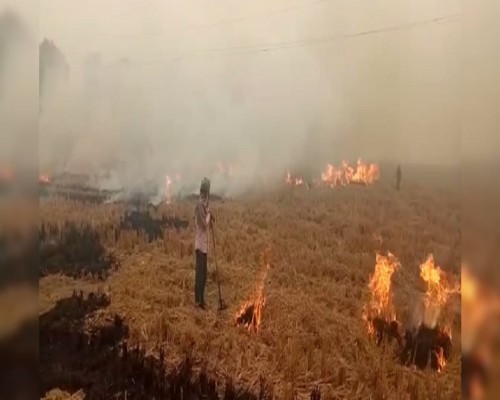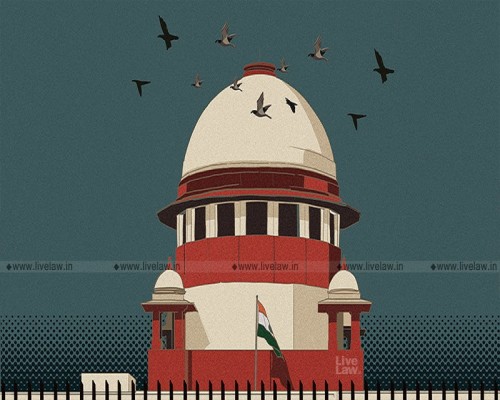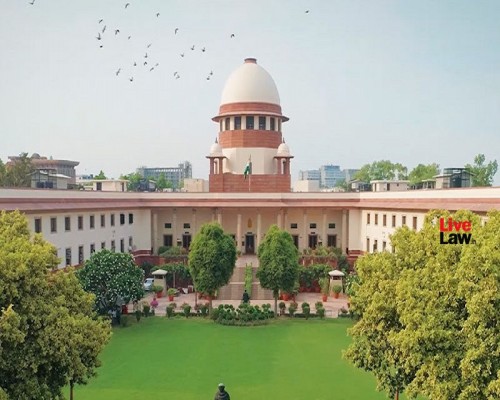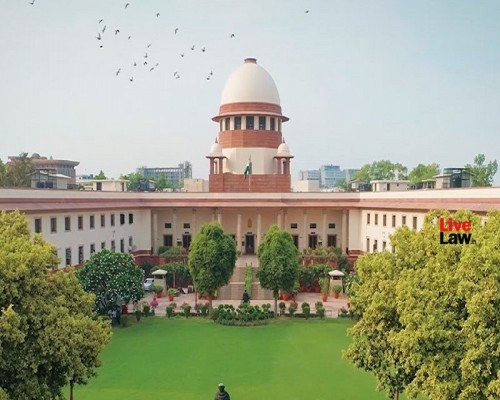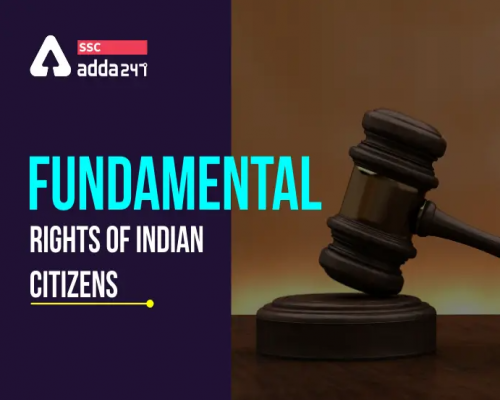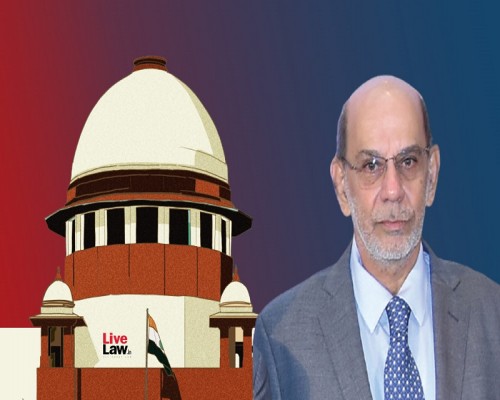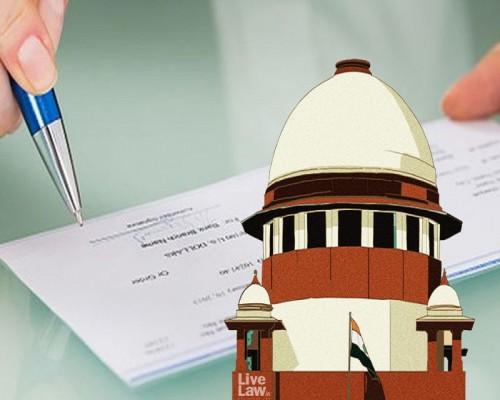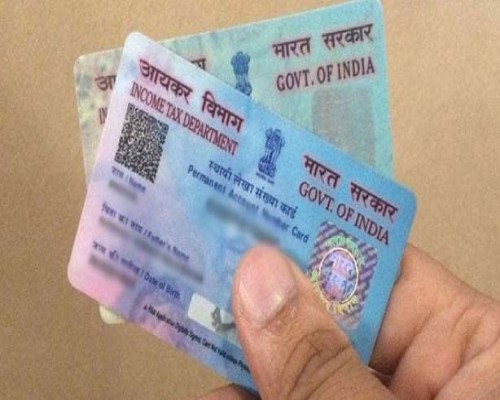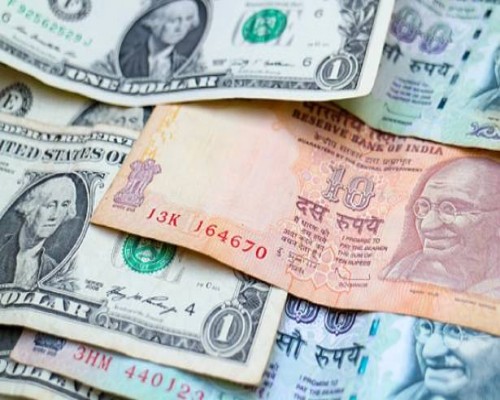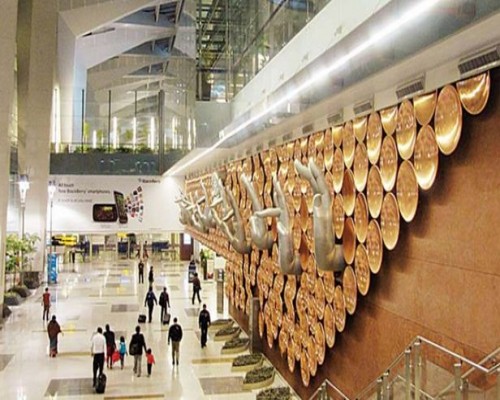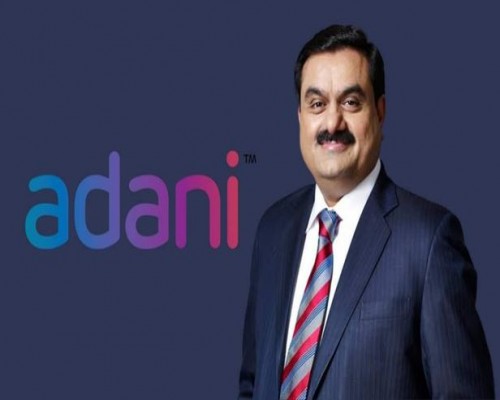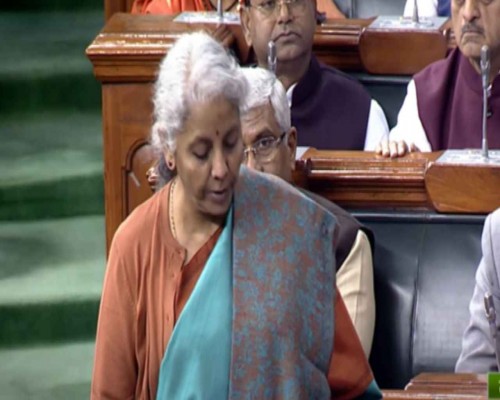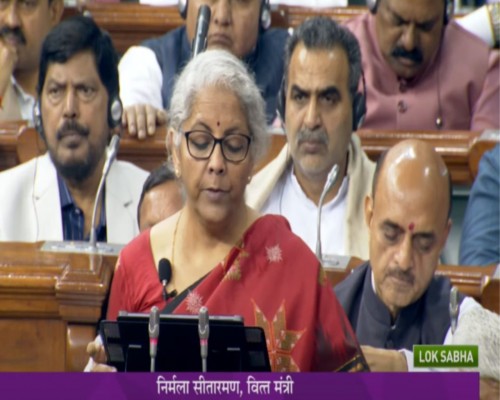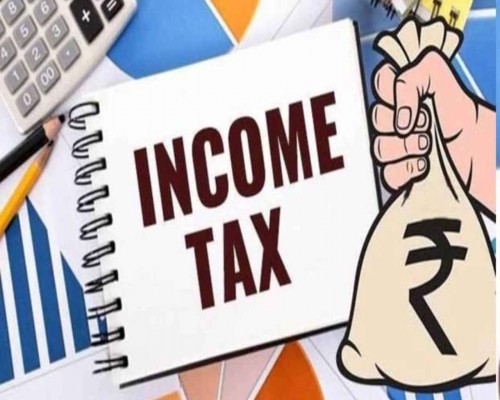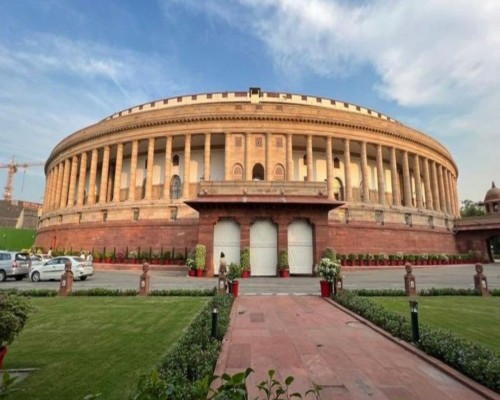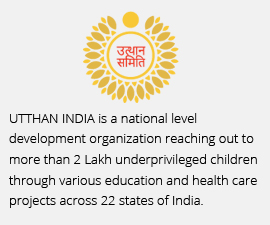August Rainfall Expected to Lower Food Prices and Inflation

UV INDIA NEWS: In August, increased monsoon activity across India will likely bring down food prices and provide much-needed relief from food inflation pressures. As of August 29, monsoon rainfall was 7% above average, with August showers alone being 18% higher than average, according to data from IDFC First Bank. About 51% of the country received average rainfall, while 33% experienced excess to significant excess rain, except for the eastern and northeastern regions, which recorded a deficit.
This favourable distribution has led to increased planting of Kharif crops compared to last year and improved reservoir levels, both of which are expected to help reduce persistent high food prices. While adverse weather conditions had previously caused vegetable prices to rise over the past two months, the trend is reversing, with inflation measured by the headline consumer price index easing to 3.54% in July and food inflation dropping to 5.1%.
In August, the rise in vegetable supplies has already begun to lower prices, showing a 10% month-on-month decrease. Additionally, prices of pulses and cereals, which usually face consistent price pressures, have also seen reductions of 1.1% and 1.7%, respectively, according to the IDFC First Bank report.
The Reserve Bank of India (RBI) maintained the repo rate at 6.5% in its August policy meeting amid ongoing concerns about food price shocks contributing to persistent inflation. As the monsoon season concludes, further clarity on food inflation risks is anticipated, which may influence future monetary policy decisions.
With the end of the sowing and monsoon season approaching, attention will shift to the harvest season. However, reports caution that excessive rainfall could damage crops, as noted in a Bank of Baroda report dated August 28.



